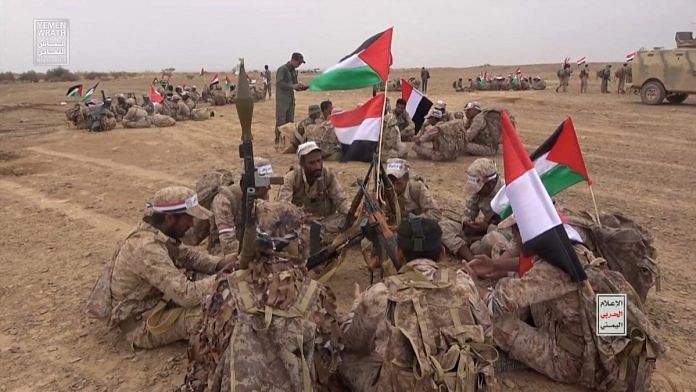Any war is tough and what is tougher than a conventional war between nations? It’s a war that a nation has to wage against an adversary who’s not a nation — an asymmetric war. Asymmetric war can be on many scales.
The Indian Army has fought asymmetric warfare for a long time with Lashkar-e-Taiba, Jaish-e-Mohammed; Indian paramilitary forces fight asymmetric warfare with Naxals in central India. Indian armed forces have also fought asymmetric warfare of a kind in the Northeast.
But when your adversary is not a sovereign nation and yet has the weaponry and wherewithal firepower of a regular nation, what do you do? That’s what Israel is facing right now. And it’s not just about Hamas or Hezbollah. These are not non-state actors carrying out acts of cross-border terrorism that we might be familiar with in India.
However, we’re seeing a different phenomenon now.
We’ve seen the Americans and their allies bring in heavy naval assets in the Mediterranean and also in the Red Sea. The Americans now have two aircraft carriers and lots of large task forces equipped with anti-missile systems there. The Israelis have also sent their naval vessels into the Red Sea.
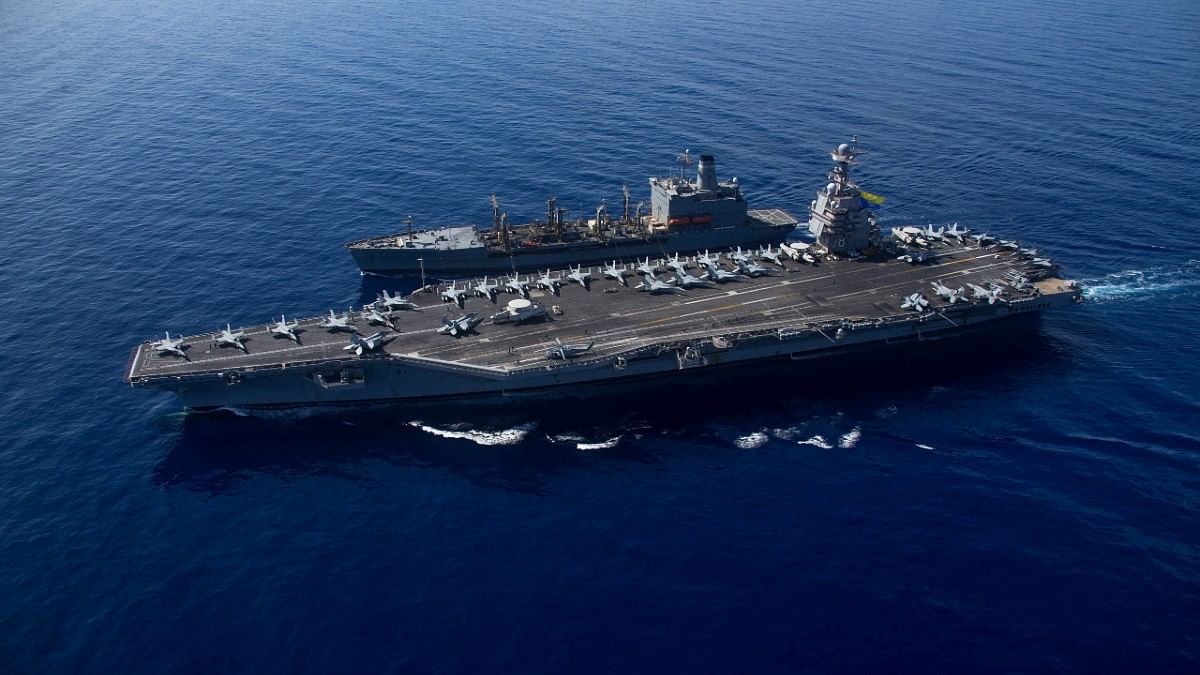
What are they doing there? That’s because a new threat has emerged from a group that we spoke about earlier in the past. That was when the Yemeni militant group or insurgent group, the Houthis, had fired some missiles at the UAE including some that landed near Abu Dhabi airport.
That Houthi group has now been firing cruise missiles and long-range ballistic missiles at Israel. One of those missiles was intercepted by the US-supplied Saudi anti-missile batteries. This was a geopolitical event: Saudi, a preeminent Muslim country, at least fundamentally opposed to Israel, intercepted a missile launched by a Muslim group at Israel.
Videos have also surfaced of Israeli F-35s intercepting these cruise missiles.
🔴A cruise missile launched from the southeast toward Israeli airspace was successfully intercepted by F-35i fighter jets.
🔴On the same day, the IAF’s Arrow Aerial Defense System intercepted a surface-to-surface missile in the Red Sea area. pic.twitter.com/jZn0wcqwUX
— Israel Defense Forces (@IDF) November 2, 2023
Israelis are having to use their Iron Dome, which is very expensive, to defend against missiles fired by Hamas and Hezbollah. In the middle of this, they also have to now get their air force to intercept these missiles coming from the Houthi side.
That’s the reason Israeli ships have gone this far out in the Red Sea — to take out the missile launch pads of the Houthis, and also to intercept these missiles in time because you can’t always rely on the Saudis.
Saudi intentions most likely you can count on but not Saudi ability because they have a large air space and a vast landmass, which is why the chances of the odd Houthi missile slipping through cannot be ruled out.
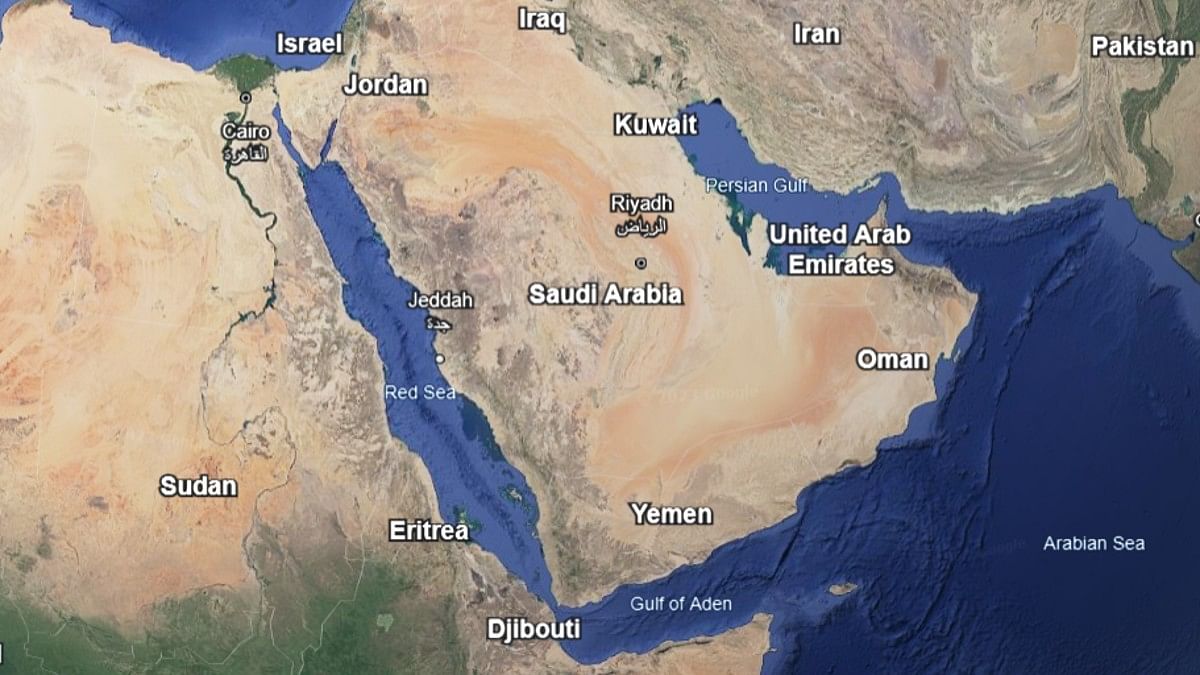
This was one a hedge for Israel in case the Iranian proxies in Lebanon and Syria decided to open another front but also to protect America’s own naval assets because many of these missiles are large enough to cause serious damage, even to large naval vessels of the kind the US Navy employs.
You can imagine the amount of nuisance and distraction that’s been caused because of the actions of a group that is nearly 2000 km away from Israel. The Houthis control North Yemen. Between that and Israel, you have the entire Saudi landmass and Jordan etc.
Also Read: What, when, where, why & how of the Israel-Hamas war
First of all, how powerful are Houthi rebels and how many weapons do they have? Because asymmetric war is always problematic, but it is also the scale of asymmetric war, which needs to be taken note of.
This kind of asymmetry, you rarely see. You’ve seen the Israelis fighting Hezbollah, the Americans fighting Taliban. Outside, the Taliban fought very well. They knew guerilla warfare and engaged the Americans in it. The Americans had tremendous air power, the Taliban had none; but the Americans did not have a HQ, an air base, a missile base, a command and control centre to go and bomb because this was a metastasized outfit.
Even when the Americans sent their drones, they killed maybe one person from Al Qaeda and 50 other civilians.
In Yemen itself, there was a case when the Americans thought they spotted a key Al Qaeda figure, Anwar al-Awlaki. They went out to kill him using their remote power. They did kill an Awlaki but this was Abdul — Anwar’s son, an American citizen.

When you fight an asymmetric enemy, whatever superiority you might have by way of firepower, degrades very quickly. That’s what Israel is dealing with right now. Hezbollah and Hamas are in the neighbourhood but the Houthis are far away.
Also Read: Will decade-long Saudi Arabia-Iran proxy wars escalate into a direct confrontation?
Houthis have as much firepower as many of the conventional governments in the Middle East. The most convincing way to see what kind of firepower the Houthis have is to look at the thread put out by Joshua Koontz, a well-known Yemen analyst who also does open-source intelligence.
He’s got pictures released by the Houthis themselves of a parade held at As Sabʿain, near Sanaa — the capital of northern Yemen which Houthis pretty much own These are pictures from 21 September, three weeks before the 7 October massacre by Hamas in Israel. They show weapons systems in the hands of an irregular army which is engaging its neighbours — Saudi Arabia, the UAE and now Israel, in asymmetric warfare.
There are Mi-8 and Mi-17 helicopters. The former is used usually for transportation and the latter can also be employed in an attack role. There are also Malah boats, which can be used to lay mines.
2/ Three Houthi Mi-8T, Mi-17 and Mi-171 helicopters flew over the event. h/t @Chebik2 pic.twitter.com/HkvXRlFZmE
— Joshua Koontz (@JoshuaKoontz__) September 21, 2023
If you see Yemen on the map, it has on both sides the world’s busiest sea lanes. With the Arabian Sea and Persian Gulf on one side, all the shipping that passes through the Suez Canal and the Red Sea, also passes through this very tiny choke point, the Bab-el-Mandeb. This is where the Port of Aden is and across this narrow strait are the Chinese sitting at Djibouti.
It is these shipping lanes that Houthis can now threaten with the enormous amounts of naval mines that they have.
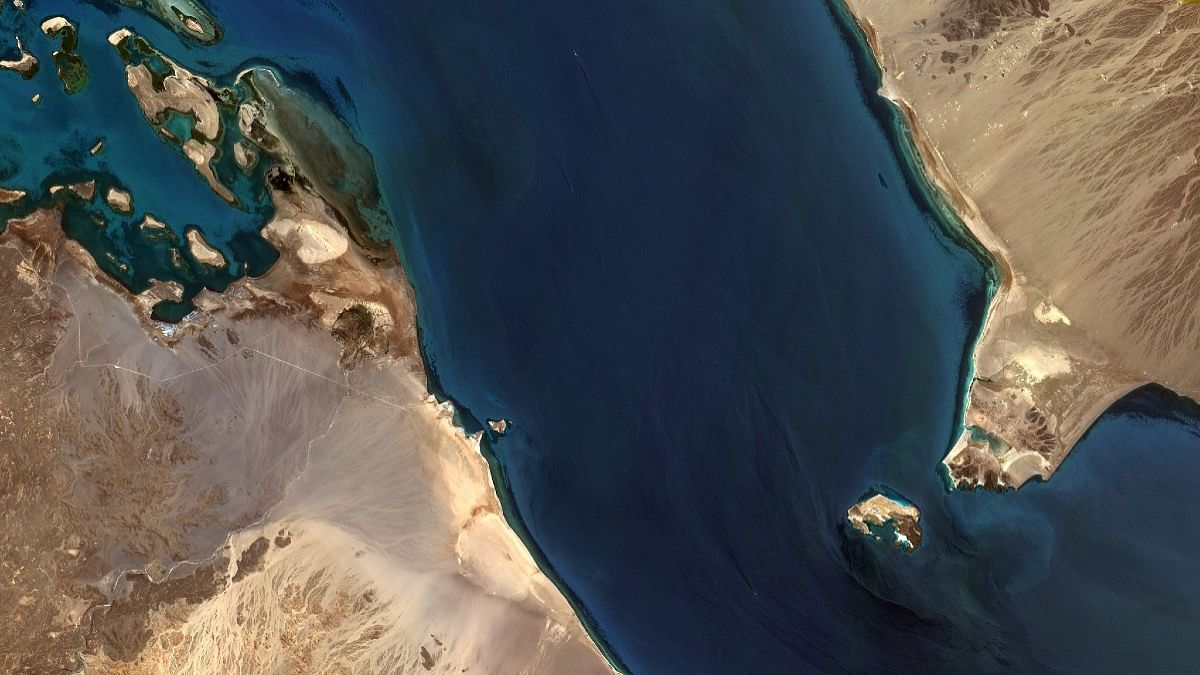
There are also pictures of the parade showing cruise missiles. All of these have been given to the Houthis by the Iranians because the Iranians have now mastered the art of asymmetric warfare. They are not fighting anybody anywhere but at this point, just in the Middle East, Iran has at least 13 well-recognized and documented proxies who they have armed.
Some other weapons systems the Houthis have include the Fledermaus Radar, surface-to-air missiles, improvised armour and T-55 tanks.
They also have Tochka ballistic missiles and F-5 supersonic light fighter aircraft. There are rumours that they have MiG-29s also, but we haven’t seen any pictures of those as yet.
23/ New photos provide a clear view of the Houthi F-5's camo pattern at today's military parade. pic.twitter.com/1JuSkKBIDl
— Joshua Koontz (@JoshuaKoontz__) September 21, 2023
There are also other kinds of cruise or ballistic missiles: Hatem/Khaybar Shekan and Badr-4. All of these are Iranian-origin missiles.
They also have passive infrared tracking systems, drones, loitering munitions and Iran-delivered Shahab 3/Ghadr missiles, besides lots of Raqeeb UAVs, which can have a range of up to 1,400 km. These UAVs have just made the cost of fighting such asymmetric wars so much higher for regular countries with regular armies. This is the story of the Houthis.
Also Read: Israel is angry, Netanyahu poised for Gaza invasion. But there are limitations to military power
In Israel’s neighbourhood, Hezbollah usually had only short-range rockets and missiles, most of them unguided. They terrorised Israelis through sheer volume, firing 2,000 rockets over a short period of time and trying to overwhelm the Iron Dome system.
An article from The Jerusalem Post by Seth Frantzman tells us that Hezbollah rockets are no longer dumb rockets. Many of these have now been upgraded into smart rockets, which means they can be guided.
Also, Hezbollah has now displayed pictures of ‘Abu Mahdi’ anti-ship cruise missiles with a range of up to 1,000 km. That’s why the Americans are so worried. They don’t want these being launched at their naval vessels.
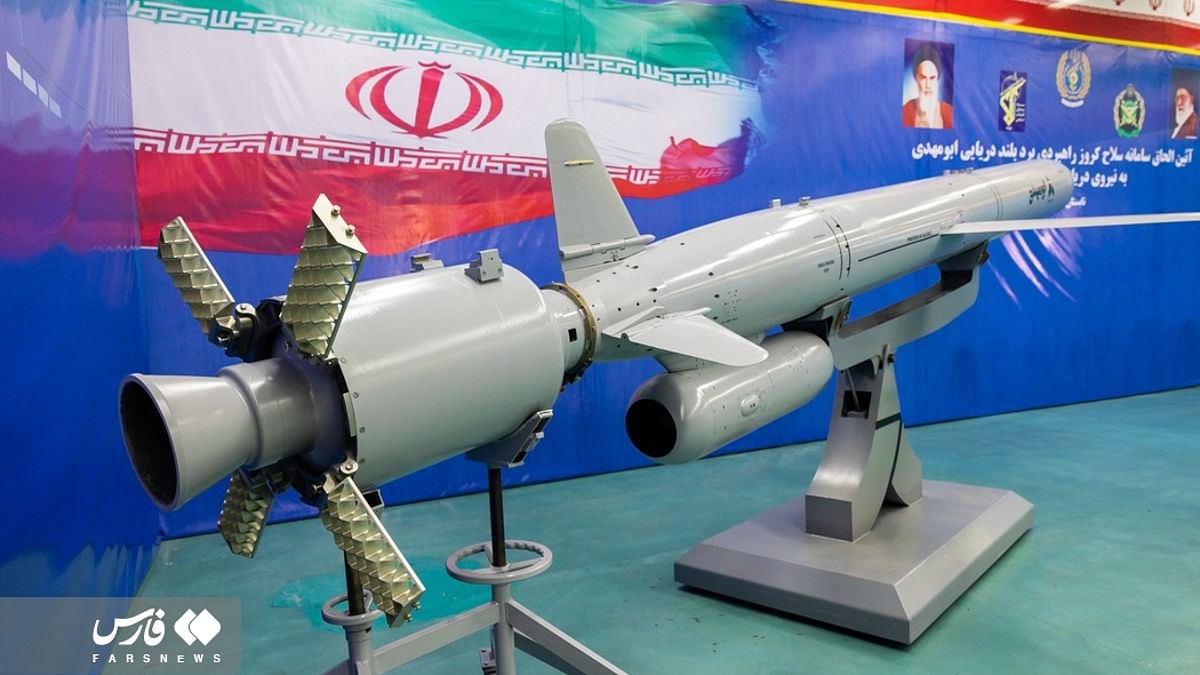
If the pictures are real, these missiles also threaten distant American bases, say the NATO base at Souda Bay in Crete, according to Frantzman.
Non-state organisations don’t fight just with AK-47s or the odd RPG-7, they have tanks, fighter aircraft, surface-to-air missiles and an unlimited supply, it seems, of ballistic missiles — most of these have come from Iran.
Is Iran involved in this war? Yes. Is Iran fighting this war? No. That’s because Iran is fighting through its proxies and this is how well armed its proxies are.
Also Read: How Gaza hospital blast united Arab world against Israel amid Tel Aviv’s attempts to normalise ties
Basically, the Houthis are Shias, or a subset of Shias. Of the 42 percent in Yemen, a majority — almost 90 percent — are Houthis.
Houthi means tribe. The difference between them and the larger body of Shias is that Shias have many sects and subsects between them but the larger body of Shias are called Twelvers, in the sense that they believe in 12 imams. They also follow Imam Ali, who was the cousin and son-in-law of Prophet Muhammad.
Houthis, on the other hand, are called Zaidis because — while they are Shia — they follow Zayd ibn Ali, who was the great grandson of Imam Ali. It’s a subset within the Shias.
What have the Iranians done? They have been talking about an ‘Axis of Resistance’, which they say is an ark. It’s like a crescent, from Tehran right up to Jerusalem or Al Aqsa mosque. That is what the Iranians are doing and Houthis and Hezbollah and Hamas are all part of that ‘Axis of Resistance’ — with one difference, all the rest are Shia but Hamas is Sunni.
This is the edited transcript of ThePrint Cut The Clutter Episode 1342, published on 3 November 2023, on Iran-backed Houthi rebels in Yemen & the ‘Axis of Resistance’.
Also Read: In this war of dead baby pictures, yours versus mine, the question of who’s the victim will be lost


